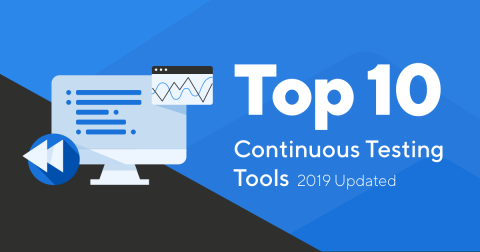Systems | Development | Analytics | API | Testing
%term
Top 10 Continuous Testing Tools | 2019 Updated
The third wave of test automation brings about more concepts in software delivery – one of which is ‘continuous testing.’ However, mastering continuous testing is difficult; choosing the right continuous testing tool is even more overwhelming.
3 reasons mobile business intelligence apps have minimal adoption in your business (and how to fix it)
It’s no secret that, despite the huge movement toward sustainable living, we just can’t live without some things being instant. One such crutch for students worldwide and most of Asia’s young adult population (also the entire American prison system) are the ubiquitous instant noodles. 100 billion servings are eaten every year. It’s convenience in a cup.
PSD2 is spurring innovation in fintech industry, and ISVs need to keep up
By the September deadline, Europe’s banks and fintech companies should be compliant with the Second Payment Services Directive (PSD2). Rather than focusing inwards on business operations, PSD2 is an outward-looking directive. It encourages open access and competition in the banking industry. Organisations across the breadth of the industry are required to open their payments infrastructures and customer data to third parties.
Talend Data Trust Readiness Report: How Companies Cope with Modern Data Challenges
We’ve entered the era of the information economy, where data has become the most critical asset of every organization. To support business objectives such as revenue growth, profitability, and customer satisfaction, organizations are increasingly reliant on data to make decisions and drive their operations.
How we've built successful channel partnerships in Japan
Recently I was in the US and people were just blown away when I told them about the success of our business in Japan. Our Japanese business grew nearly 40% last year and this year is shaping up to be great as well, but it’s not something that has happened overnight. The reality is that it’s tough to do business in Japan and it’s taken us over four years to get it right.
Managing Data During Performance Testing
Introduction We are going to talk about data in this blog post, predominately test data required for performance testing. This is something that makes the life of a performance tester extremely difficult and awkward as because of the huge quantities required, in the right state, that match the criteria required for your test to run. We often have to approach the use of large quantities data for the purpose of performance testing in a number of ways.










